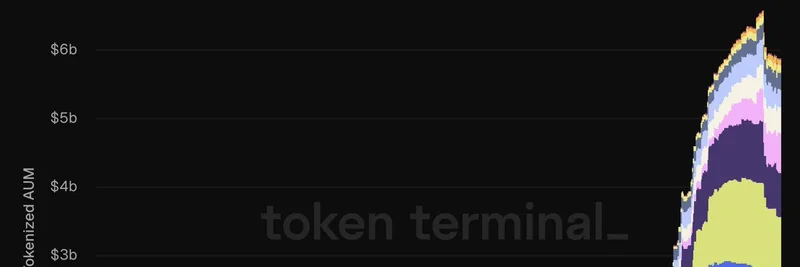In the fast-paced world of blockchain, we've seen a surge of big corporations jumping in to launch their own Layer 1 (L1) blockchains. But why not go for Layer 2 (L2) solutions or just build on
- The article needs frontmatter with fields like slug, title, and description.
🔧 Using tool: x_thread_fetch
📝 Parameters: post_id: 1955223557614559500
established chains like Ethereum or Solana? According to Mert, the CEO of Helius Labs, it's not about better user experience or easier distribution—it's all about chasing those massive valuations.
Mert shared his thoughts in a recent tweet
- No images were found in the post, so the cover field will be omitted.
on X (formerly Twitter), pointing out that corporations could achieve similar customizations with far less hassle by opting for L2s or using features like extensions on Solana. For those new
- The post discusses why corporations launch Layer 1 blockchains instead of Layer 2s, focusing on potential valuation.
to the terms, Layer 1 refers to the base blockchain protocol, like Bitcoin or Ethereum, handling security, consensus, and data availability. Layer 2, on the other hand, builds on top of an L1 to scale transactions faster and cheaper, think Optimism or Arbitrum on Ethereum.
But as Mert argues, the real draw for these corps isn't the tech perks. "L1s can be worth hundreds of billions," he notes, and for companies already at massive scales, there aren't many other opportunities to swing for billion-dollar home runs. This makes sense in a crypto market where new L1s can skyrocket in value if they capture hype and adoption, even if they're not reinventing the wheel technically.
Take Solana, for example—Mert's a big advocate here. Solana's extensions allow developers to tweak the chain without starting from scratch, offering that "100x less pain" he mentions. This could be a game-changer for meme token creators too, who often thrive on quick, low-cost launches. If corps flood the space with new L1s, it might fragment liquidity and attention, making it harder for meme projects on established chains to stand out. On the flip side, savvy meme devs could piggyback on these corporate L1s for fresh ecosystems and airdrop opportunities.
This trend highlights a broader shift in crypto: from pure innovation to valuation engineering. Corporations like Starbucks or Nike dipping into blockchain aren't just about NFTs or loyalty programs anymore; they're eyeing tokens that could balloon their market caps. For blockchain practitioners, it's a reminder to focus on scalable solutions like L2s or Solana's tools to stay agile without the overhead of a full L1 launch.
If you're building in the meme token space, keep an eye on these corporate moves—they could signal new frontiers for viral launches or warn of overhyped chains that fizzle out. Mert's insight cuts through the noise: it's not always about the best tech; sometimes, it's just about the biggest bag.
For the full tweet, check it out here. What's your take on this? Are L1 launches the future, or a bubble waiting to burst?


